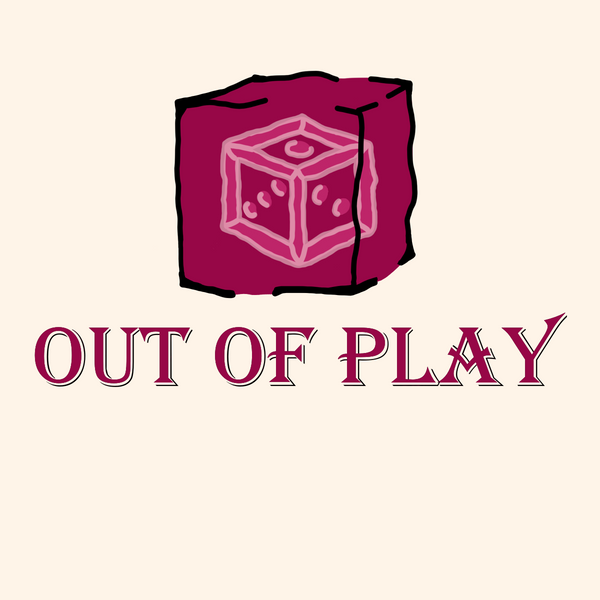Meeples: A Journey Through Board Game History
Meeples, those charming little wooden figures that have become an integral part of the board gaming experience, have a rich and fascinating history. These unassuming game pieces have evolved from their humble beginnings to become beloved symbols of the tabletop gaming community.
The term "meeple" was first coined to describe "followers" in Carcassonne designed by Klaus-Jürgen Wrede and first published by Hans im Glück in 2000. Derived from the words "my people," meeples are typically used to represent players or their actions within a game. The origins of the meeple, however, can be traced back much further, to the early days of modern board game design. Over time, meeple design has become increasingly diverse and creative, with game designers experimenting with different shapes, sizes, and even cultural adaptations.
Today, meeples come in a wide variety of forms, from the classic human-like shapes to more fantastical creatures like dragons, robots, and even dinosaurs. The use of different colors in meeples also holds significance, often representing different player factions or roles within a game.
Beyond their aesthetic appeal, meeples serve a crucial functional purpose in board games. They are used to track player progress, mark territory, and even influence the outcome of gameplay through strategic placement. The humble meeple has become an integral part of the board game experience, allowing players to physically interact with the game world and immerse themselves in the narrative.
The impact of meeples on the board game industry cannot be overstated. Collectors and enthusiasts have embraced the meeple as a symbol of their passion, with custom-made and limited-edition meeples becoming highly sought-after items. Meeple-themed merchandise, from keychains to t-shirts, has also become a staple in the gaming community.
As the board game industry continues to evolve, the meeple's role is likely to become even more prominent. Game designers are constantly exploring new ways to incorporate these charming game pieces, pushing the boundaries of what is possible with these simple, yet versatile, components.
In the end, the meeple's journey is a testament to the power of innovation and the enduring appeal of the tabletop gaming experience. From their humble beginnings to their current status as icons of the hobby, meeples have captured the hearts and imaginations of board game enthusiasts around the world.
What is the Origin of the Meeple?
The term "meeple" was first coined to describe "followers" in Carcassonne designed by Klaus-Jürgen Wrede and first published by Hans im Glück in 2000. The word is a combination of "my people."
How have Meeples changed?
Over the years, meeple design has become increasingly diverse and creative. While early meeples were simple, abstract shapes, modern meeples can take on a wide variety of forms, from classic human-like figures to fantastical creatures like dragons and robots. The use of different colors in meeples also holds significance, often representing different player factions or roles within a game.
What are the uses of Meeples in board games?
Meeples serve a crucial functional purpose in board games, allowing players to physically interact with the game world and influence the outcome of gameplay. They are used to track player progress, mark territory, and even make strategic decisions through their placement on the game board.
What is the impact of Meeples on the board game community?
The meeple has become a beloved symbol of the board game community, with collectors and enthusiasts embracing these charming game pieces. Custom-made and limited-edition meeples have become highly sought-after items, and meeple-themed merchandise has become a staple in the gaming industry.
As the board game industry continues to evolve, the meeple's role is likely to become even more prominent. Game designers are constantly exploring new ways to incorporate these versatile game pieces, pushing the boundaries of what is possible and further cementing the meeple's place as an iconic symbol of the tabletop gaming experience.
